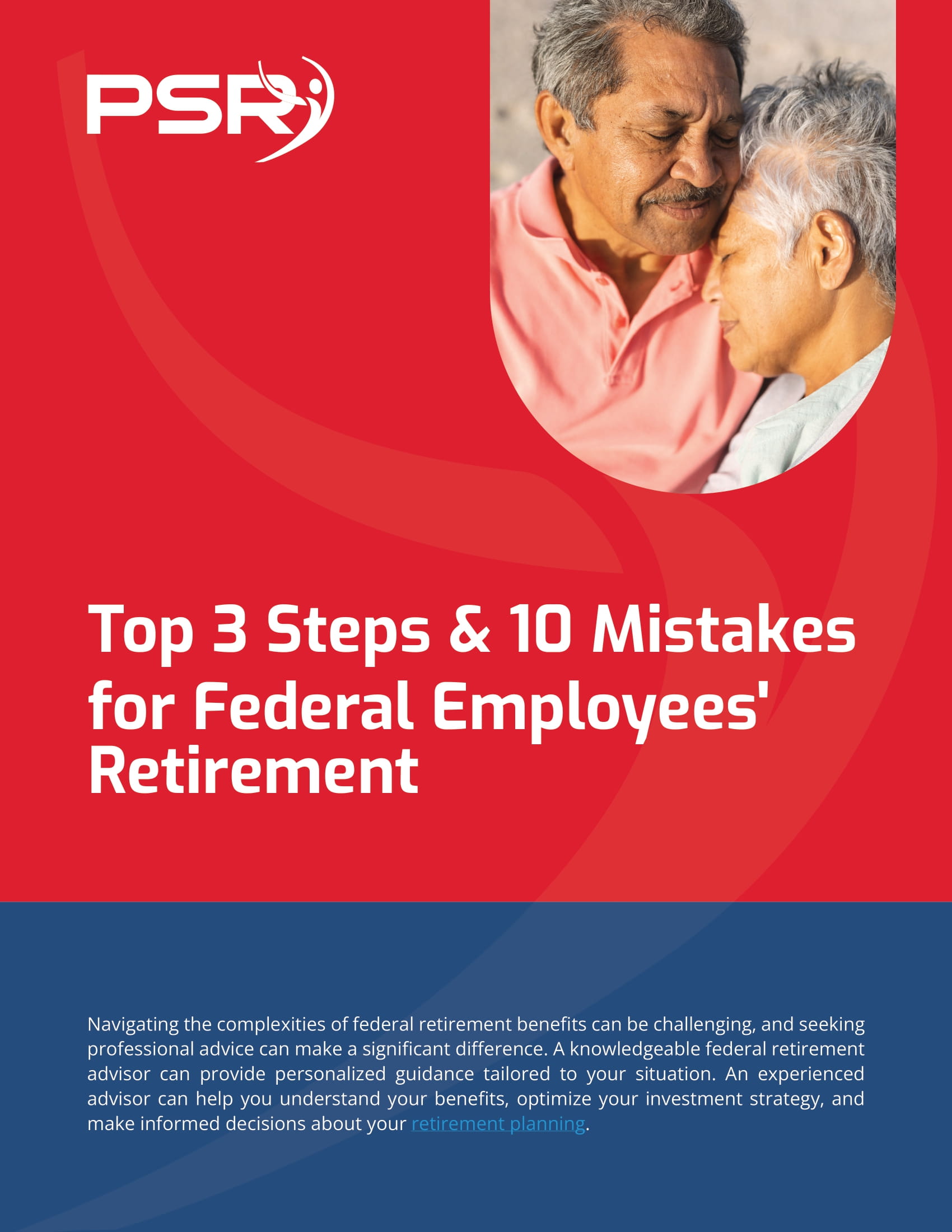Key Takeaways
-
Electing the wrong survivor benefit option during your retirement paperwork could leave your spouse with dramatically reduced financial security after your passing.
-
Survivor benefits choices impact more than just monthly income — they affect FEHB eligibility, inflation protection, and lifetime stability.
Why Survivor Benefits Are a Critical Part of Your Retirement Planning
When you retire from public sector service
- Also Read: How Civilian Employees Can Turn Military Time Into a Bigger FERS Pension
- Also Read: Dropping FEGLI Sounds Smart—Until You Realize What It No Longer Covers After Retirement
- Also Read: Hitting 20 Years in Law Enforcement? Here’s What You Can Expect From Your Pension
If you are married at retirement, survivor benefits are not simply “nice to have” — they are a financial foundation your spouse might rely on for decades after your death.
Understanding How Survivor Benefits Work in Public Sector Retirement
Survivor benefits provide ongoing income to your spouse if you pass away after retirement. Under the Federal Employees Retirement System (FERS), you generally have three main options:
-
Full Survivor Annuity: Your spouse receives 50% of your unreduced annuity.
-
Partial Survivor Annuity: Your spouse receives 25% of your unreduced annuity.
-
No Survivor Annuity: Your spouse receives nothing unless a separate arrangement is made.
Choosing no survivor benefits requires your spouse’s notarized consent. This rule was designed to prevent one-sided decisions that could expose the surviving spouse to unexpected hardship.
The High Stakes of the Wrong Choice
Failing to elect the appropriate survivor benefits could lead to devastating consequences:
-
Loss of Health Insurance: Your spouse can only continue FEHB coverage after your death if you elected a survivor benefit.
-
Permanent Reduction: Choosing a lower survivor benefit to “save money now” results in a permanently lower income for your spouse later.
-
No COLA Protection: Survivor annuities continue to receive annual Cost-of-Living Adjustments (COLAs), an important protection against inflation.
In 2025, healthcare costs and living expenses continue to climb, making COLAs more vital than ever.
How Much Does a Survivor Annuity Cost You?
Electing a full or partial survivor annuity reduces your retirement income:
-
Full Survivor Annuity: Deducts approximately 10% from your monthly annuity.
-
Partial Survivor Annuity: Deducts about 5% from your monthly annuity.
These percentages are small compared to the lifetime financial protection they provide your spouse. In today’s retirement climate, a slight reduction in your benefit now could mean decades of security for your family.
Common Mistakes When Choosing Survivor Benefits
Several common errors can wreck your spouse’s financial future without you even realizing it:
-
Prioritizing Short-Term Gains: Choosing higher monthly income today by refusing a survivor benefit is shortsighted.
-
Assuming You Can Fix It Later: After retirement, you cannot add survivor benefits unless very specific circumstances apply.
-
Not Factoring in FEHB Eligibility: Without survivor benefits, your spouse may lose the right to continue federal health insurance.
Each of these missteps could leave your spouse scrambling financially if something happens to you unexpectedly.
Why Full Survivor Benefits Are Usually the Safest Option
While everyone’s situation is different, in most cases, opting for the full survivor annuity is the wisest decision:
-
Long-Term Income Protection: Ensures your spouse retains half your annuity, adjusted for inflation.
-
Preservation of FEHB Coverage: Grants your spouse continued access to government health insurance, which becomes even more valuable with age.
-
Peace of Mind: Removes any fear about “what will happen” after your passing.
Given that life expectancies are rising — with many spouses living 20, 30, or even 40 years after retirement — the risk of underestimating survivor needs has never been higher.
Divorce and Survivor Benefits: What You Must Know
If you divorce before retirement, a court order could mandate survivor benefits for your former spouse. This affects your options at retirement:
-
You may have limited flexibility in electing a new survivor annuity for a current spouse.
-
A portion of your annuity might be earmarked for your former spouse based on the divorce decree.
In 2025, these rules are actively enforced. If divorce is in your history, you must review court orders and understand how they impact your new spouse’s security.
Remarriage and Survivor Benefits
If you remarry after retirement, your new spouse generally becomes eligible for survivor benefits only if you:
-
Elect within two years of marriage.
-
Pay the required deposit (including retroactive reductions).
Missing this window could mean your new spouse is left without protection.
When Might Electing No Survivor Benefits Make Sense?
There are rare scenarios where electing no survivor benefits could be appropriate, such as:
-
Your spouse has substantial independent income or assets.
-
You have adequate life insurance specifically earmarked for survivor income.
-
You both agree, after careful analysis, that the survivor annuity is unnecessary.
However, these decisions must be made with caution and professional financial advice. A mistake in judgment could permanently harm your spouse’s financial wellbeing.
Cost-of-Living Adjustments and Survivor Annuities
One of the strongest reasons to elect a survivor benefit is that the annuity your spouse receives will be protected by Cost-of-Living Adjustments (COLAs).
In 2025, COLAs are crucial for preserving purchasing power. Inflation, even at modest levels, can erode a fixed income dramatically over 20 to 30 years.
Ensuring your spouse’s survivor annuity grows with inflation could mean the difference between financial comfort and financial hardship.
Impact on Thrift Savings Plan (TSP) Beneficiary Options
Your Thrift Savings Plan (TSP) also plays a role in your spouse’s financial picture after your passing. However, survivor benefits and TSP inheritances are separate matters.
-
TSP accounts do not replace a survivor annuity.
-
TSP payouts can be exhausted, while survivor annuities pay for life.
Designating your spouse as your TSP beneficiary is important but should not substitute for providing survivor annuity protection.
Survivor Benefit Elections Are Final at Retirement
One of the most critical aspects to understand is that your survivor benefit election is generally final once you retire.
-
You cannot add a survivor benefit later unless specific exceptions apply (e.g., remarriage within a limited time frame).
-
You cannot increase the percentage once chosen.
This “one shot” reality emphasizes the need to think carefully and plan wisely.
Steps to Take Before Making Your Survivor Benefits Election
Here are the practical steps you should take before finalizing your decision:
-
Have a detailed financial planning session focused on survivor needs.
-
Review any existing court orders if divorced.
-
Estimate healthcare costs for your spouse over 20-30 years.
-
Consider all income streams and assets available after your death.
-
Consult with a licensed professional to model different scenarios.
Only after this level of preparation should you make a final election.
How Survivor Benefits Fit Into Your Overall Retirement Plan
Your retirement plan should be a cohesive, coordinated strategy. Survivor benefits are just one piece, but an essential one.
In 2025, it is more important than ever to:
-
Integrate survivor benefits with Social Security claiming strategies.
-
Coordinate with Thrift Savings Plan withdrawals and Required Minimum Distributions (RMDs).
-
Plan for long-term healthcare expenses.
By viewing survivor benefits as part of a larger retirement ecosystem, you better protect your spouse and yourself.
Securing Your Spouse’s Financial Future Starts with the Right Survivor Benefit Election
Making the right survivor benefit election at retirement is not just a checkbox — it is a major financial decision with lifelong consequences. Choosing wisely today ensures your spouse will have security, healthcare, and dignity in the years to come.
If you feel unsure about your options, connect with a licensed professional listed on this website to receive tailored guidance and confidence in your retirement choices.









